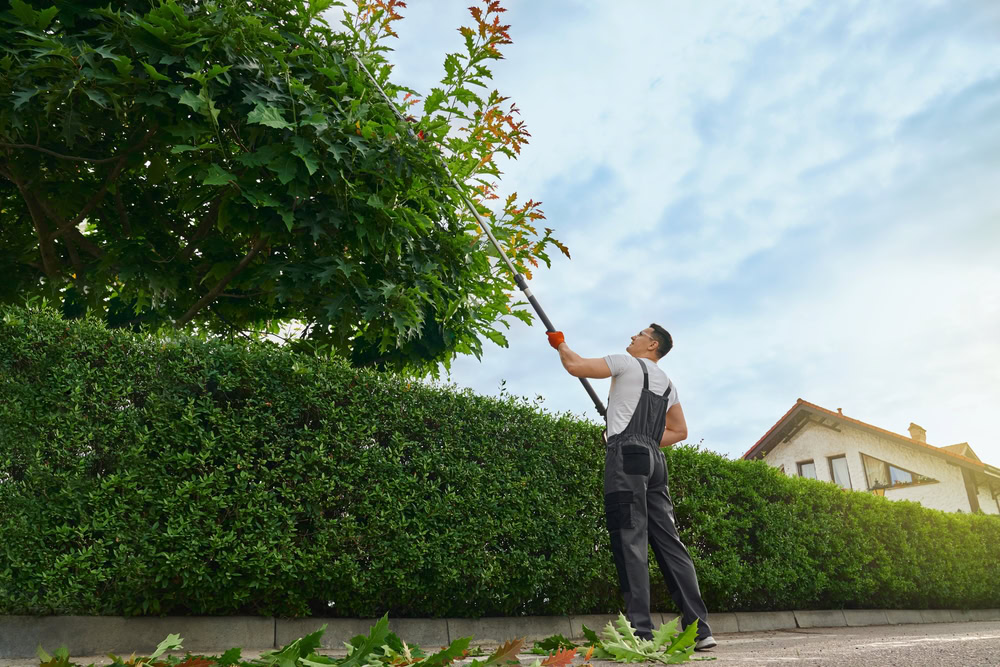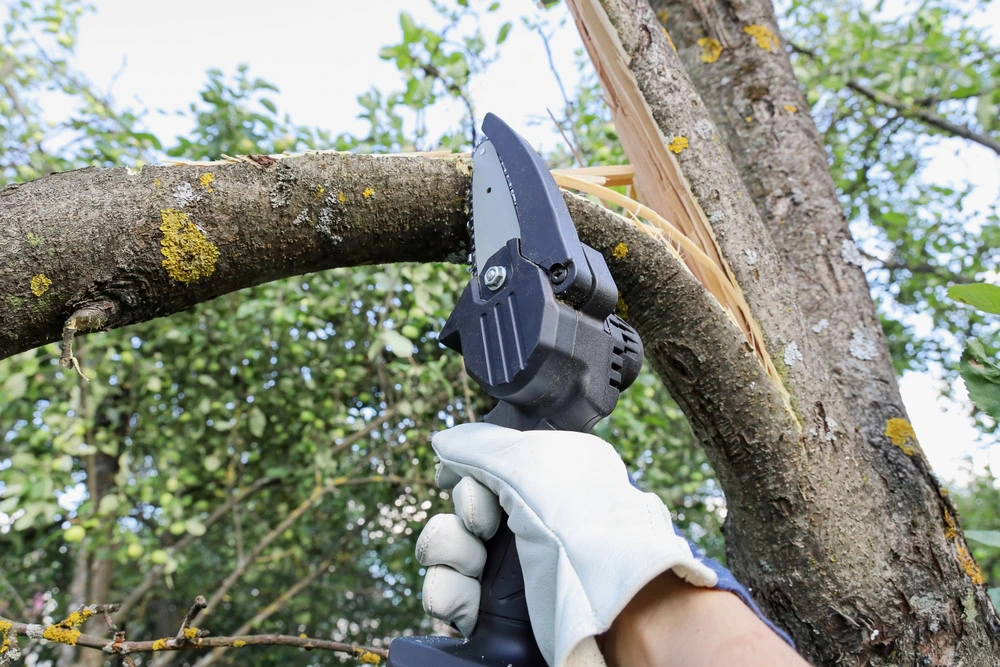Tree Trimming in Massapequa Park, NY
Safe, Expert Tree Care Done Right
Professional tree trimming that protects your property and keeps your trees healthy year-round.

Hear from Our Customers

Professional Tree Care Services
You’ll sleep better knowing those overhanging branches aren’t a threat anymore. Your trees will look better, grow stronger, and add real value to your property instead of creating worry every time the wind picks up.
Proper tree trimming isn’t just about cutting branches. It’s about understanding how trees grow, what they need to stay healthy, and how to shape them so they complement your landscape instead of overwhelming it.
When we’re done, you’ll have trees that enhance your property’s curb appeal while giving you the peace of mind that comes from knowing they’re structurally sound and well-maintained.
Massapequa Park Tree Specialists
Green Light Tree Services has been serving Massapequa Park and the surrounding Long Island communities for years. Our team knows the local tree species, understands how coastal weather affects tree health, and recognizes the unique challenges homeowners face in this area.
We’re licensed, insured, and equipped to handle everything from routine maintenance to emergency storm response. Our certified arborists don’t just trim trees—we assess tree health, identify potential problems, and provide solutions that make sense for your specific situation.
You’re not just hiring a tree service. You’re working with neighbors who understand what it’s like to own property here and want to help you protect your investment.

Tree Trimming Process
We start with a thorough assessment of your trees and property. Our arborist will identify which branches need attention, explain why certain cuts are necessary, and walk you through exactly what we’ll do before we start any work.
During the trimming process, we use proper techniques that promote healthy growth while removing dead, diseased, or problematic branches. We’re careful around your landscaping, structures, and utilities—this isn’t a rush job.
Cleanup is part of the service. We’ll remove all debris, leaving your property cleaner than we found it. You’ll get recommendations for ongoing tree care and know exactly when to call us back for maintenance or if you spot any concerns.

Ready to get started?
Complete Tree Maintenance Solutions
Our tree trimming service includes crown cleaning to remove dead and diseased branches, crown thinning to improve light penetration and air circulation, and crown raising to clear walkways and structures. We also provide emergency tree services when storms hit Massapequa Park.
Each job includes a professional assessment of your tree’s overall health. We’ll spot signs of disease, pest problems, or structural issues that could become expensive problems later. If we see something concerning, we’ll explain it clearly and give you options.
Long Island’s coastal climate and frequent storms make regular tree maintenance essential. We understand the local conditions and know which trees in this area are most likely to develop problems. That knowledge helps us provide better service and more accurate recommendations for your specific trees.
